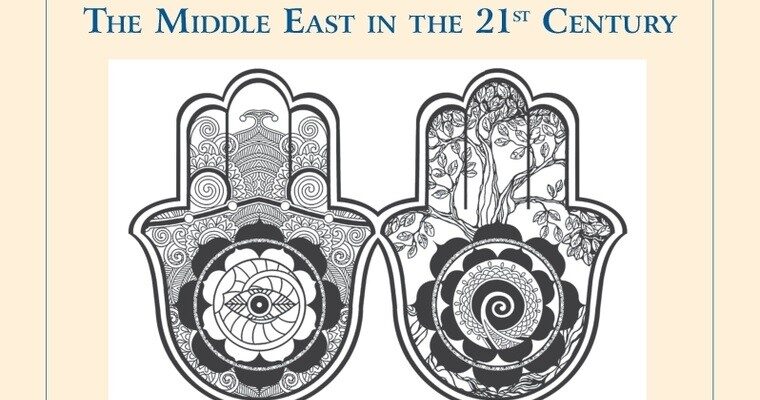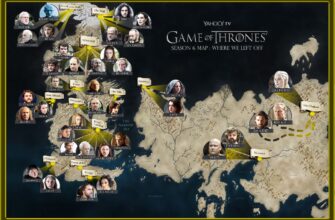In a world increasingly defined by rapid shifts and complex interdependencies, the past week offered a stark microcosm of global challenges. From escalating military tensions and evolving economic strategies to waves of social unrest and surprising pockets of local resilience, the narrative of our interconnected planet continues to unfold with both dramatic urgency and quiet persistence.
Geopolitical Tensions: Echoes from Eastern Europe
The security landscape in Eastern Europe remains a focal point of concern. Crimea, a region often at the heart of geopolitical discussions, experienced a drone attack that tragically claimed three lives and injured 16 others. The incident, targeting a resort and a school in Foros, underscored the stark reality of modern conflict impacting civilian areas, with victims including tourists and local residents. Russian authorities swiftly labeled it a “premeditated terrorist attack” using drones equipped with high-explosive warheads, while local administrations contemplated declaring a state of emergency.
Further west, the Baltic skies became another stage for diplomatic contention. Estonia reported an alleged violation of its airspace by three Russian MiG-31 fighter jets. Russia, however, countered with a firm denial, asserting the jets were on a routine, planned flight from Karelia to Kaliningrad, conducted “in strict accordance with international rules,” a claim they supported with objective control data. This incident quickly escalated to an emergency meeting of the UN Security Council, prompting strong reactions from Western powers. The United States reiterated its commitment to defending “every inch” of NATO territory, while Poland issued a stern warning: any objects entering NATO airspace would be shot down. Amidst these declarations, whispers from certain circles within the Trump administration, as reported by the Financial Times, suggested a view of Baltic nations as “dangerously aggressive” in their stance towards Russia – an intriguing nuance in the complex tapestry of alliances.
Economic Adaptation and Global Indicators
Beyond the frontlines, the global economy continued its intricate dance of adaptation and fluctuation. Russia’s financial landscape, shaped by ongoing sanctions, saw the ruble experiencing a downward trend, even during a tax period typically associated with currency strengthening. This suggests a potentially further weakening in the near future. However, amidst these challenges, a notable development emerged in international finance: Russian banks have, with considerable ingenuity, managed to restart direct international transfers, effectively bypassing the SWIFT system. What once incurred commissions as high as 10% from the payment sum, now often sees fees drop below 1%, ranging from 0.05% to 2.5%. While perhaps not as low as some businessmen might desire, this “ingenious workaround” represents a significant stride in maintaining international trade flows under restrictive conditions.
Globally, market dynamics presented a mixed picture. Oil prices softened, attributed to increased supplies from Iraq, while the Chinese yuan saw a slight uptick against the ruble on the Moscow Exchange. Across the Atlantic, American stock markets displayed a positive trajectory as investors keenly awaited inflation data and signals from the Federal Reserve on future interest rate policies. Meanwhile, the European Union announced its 19th package of sanctions against Russia, targeting banks, major energy companies like Gazprom Neft and Rosneft, and, for the first time, introducing restrictions on cryptocurrency transactions.
Waves of Social Unrest and Local Resilience
The geopolitical and economic narratives were interlaced with significant social developments. Milan, Italy, became the scene of fervent pro-Palestine protests, resulting in injuries to 60 police officers and acts of vandalism, including the temporary disruption of train services at the central station. The demonstrations, fueled by frustration over Italy`s non-recognition of a Palestinian state, coincided with a 24-hour general strike targeting the “economy of war,” rising military expenditures, and arms shipments to conflict zones. Experts speculated that these events, though outwardly linked to the Palestinian cause, might also be aimed at broader destabilization within the country.
Yet, amidst these grand narratives of conflict and change, life, and indeed local economies, adapt and sometimes even thrive. In a surprisingly contrasting development, Russia`s fitness industry reported a robust boom. Despite a general inflationary environment and increased operational costs leading to price hikes of 13-15% for memberships and services, demand is soaring. The allure of healthy lifestyles (ЗОЖ) appears to transcend geopolitical anxieties, driving a surge in clients for gyms, yoga studios, and dance schools. This demand has spurred the emergence of new formats, particularly smaller, neighborhood studios, which are easier to establish than large-scale fitness centers. One might even observe a hint of irony in how, while global leaders grapple with missile defense and economic blockades, a significant portion of the populace is diligently perfecting their downward dog or perfecting a dance move, demonstrating a resilient human pursuit of well-being even in turbulent times.
The past week painted a vivid picture of a world in constant motion – a complex tapestry woven with threads of conflict and diplomacy, economic challenge and innovative adaptation, and societal unrest balanced by everyday pursuits of health and happiness. As these diverse narratives continue to unfold, they collectively underscore the intricate and often unpredictable nature of our global existence.








